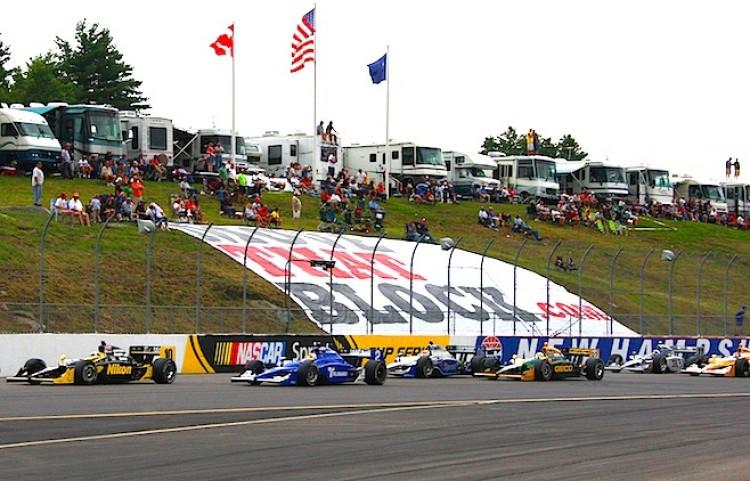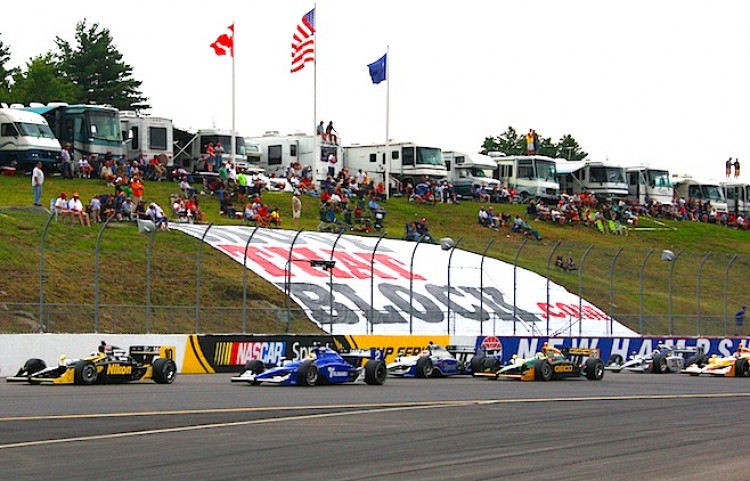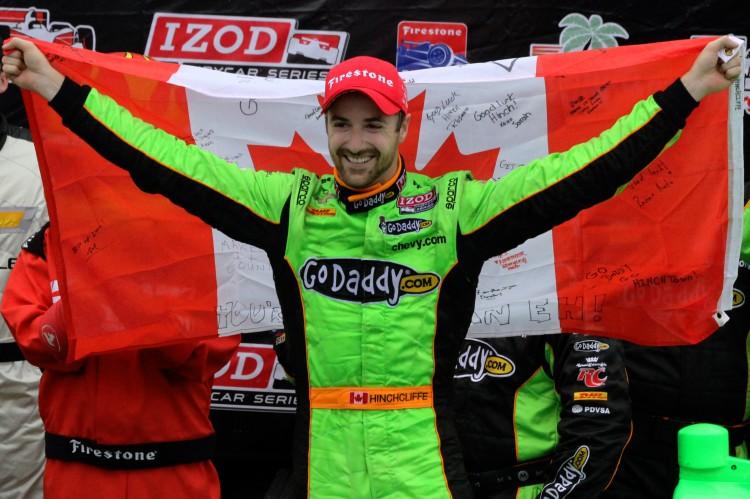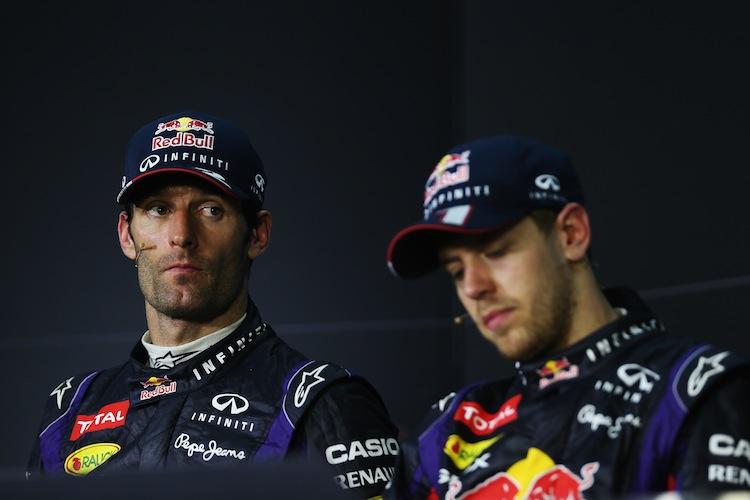IndyCar Analysis: Should Brian Barnhart Be Removed?
Brian Barnhart is an institution in IndyCar racing. He has been part of it for almost three decades, and has worked his way up from tire-changer to crew chief to president of the sport.
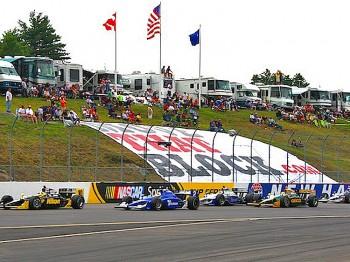
Dario Franchitti leads the field at the start of the IndyCar race in Loudon, New Hampshire. Chris Jones/Indycar.com
|Updated:
